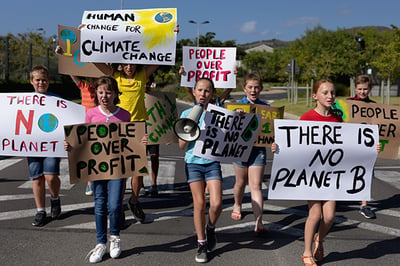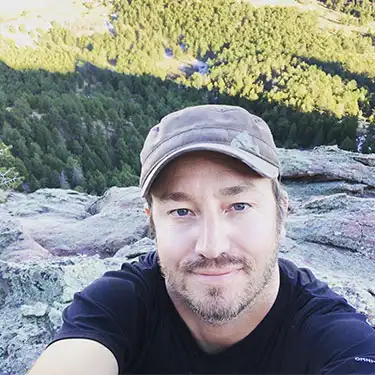 It’s no surprise at this point that this academic school year will be uncertain. Our local school district and teachers will undoubtedly make the best of what is a very difficult situation. Parents, students, and employers will adapt. Together, with any luck, we will put this behind us and things will return to normal at some point soon.
It’s no surprise at this point that this academic school year will be uncertain. Our local school district and teachers will undoubtedly make the best of what is a very difficult situation. Parents, students, and employers will adapt. Together, with any luck, we will put this behind us and things will return to normal at some point soon.
Or will they?
Disruptions in our education system at this scale are new to us here in Eagle County. From city-to-city, and state-to-state, there will be countless ways of adapting to these COVID related challenges. We see this playing out locally already. Different schools and families are taking various approaches this school year. We all must measure our own risk and do what we feel is best for our families and the community.
In a sense, these experiences rippling throughout our community offer a potential snapshot into a future where our education systems will be tested by climate change. Truthfully, we are already experiencing disruptions from heatwaves, floods, wildfires, and droughts.
Research linking education and climate change is lacking but highlights a long list of disturbances. Most notably how climate related disasters can force schools to shut down for undetermined and often long periods of time. Recent examples of this include the wildfires in Australia or Hurricane Maria that decimated Puerto Rico. Some schools after a disaster don’t ever reopen, or, if they do, it can take weeks or months to restore water and electricity.
Furthermore, when disasters happen, often schools fulfill a dual purpose. We witnessed this recently during the Grizzly Creek fire when schools were used to provide shelter for evacuees and first responders.
Additionally, research from the Harvard Kennedy School suggests that hot classrooms not only hurt a student’s health, but their learning also suffers. The study found that “without air conditioning, each one degree Fahrenheit increase in school year temperature reduces the amount learned that year by one percent.”
According to the Colorado Health Institute, Colorado’s temperature has already risen two degrees in the past 30 years.
The study also indicates that those most impacted are students of color stating that rising temperatures in the classroom accounts for up to 13 percent of the U.S. racial achievement gap because students of color often live in warmer climates or living conditions. The study also noted that white students are much more likely to attend schools with air conditioning.
Certainly, these shortfalls could be mitigated by simply installing cooling systems in schools, however, recent budget cuts and staffing reductions in schools make this unlikely. The additional energy required to run air conditioning will also cost schools more money and accelerate climate change as demand for air conditioning globally continues to increase.
Recently in California, for example, a heat wave forced rolling power outages as air conditioners sent electrical use soaring. It is easy to imagine a scenario in the not so distant future where in addition to extreme heat and natural disasters our children are also subject to rolling blackouts during their academic school year.
Perhaps, the biggest disruption to education is something today’s youth carries with them on a daily basis that cannot be entirely quantified. We’ve seen time and time again today’s young people becoming the face of the climate change movement – protesting, marching and lobbying their parents, elders and elected officials for immediate and radical change.
With this responsibility and anger comes something else -- fear and anxiety. Coupled with a deep frustration from feeling let down by prior generations. All this stress and pressure combated with the daily barrage of news and social media creates a myriad of mental health concerns for today’s youth (and everyone else).
Our youth should not be tackling this crisis alone. The biggest disruption to their education could be from feeling helpless knowing that previous generations did not do all they could to leave them a place that is better than they found it.
I for one am incredibly inspired by the next generation pressuring our society to do something about the climate crisis. Let’s listen and learn from today’s youth and do all we can, as a community, to #BeBetterTogether.
The Climate Action Collaborative is a coalition of 30+ local government, nonprofit and corporate partners working together to reduce Eagle County carbon emissions 25% by 2025 and 80% by 2050. Learn how you can help #BeBetterTogether at climateactioncollaborative.org.








